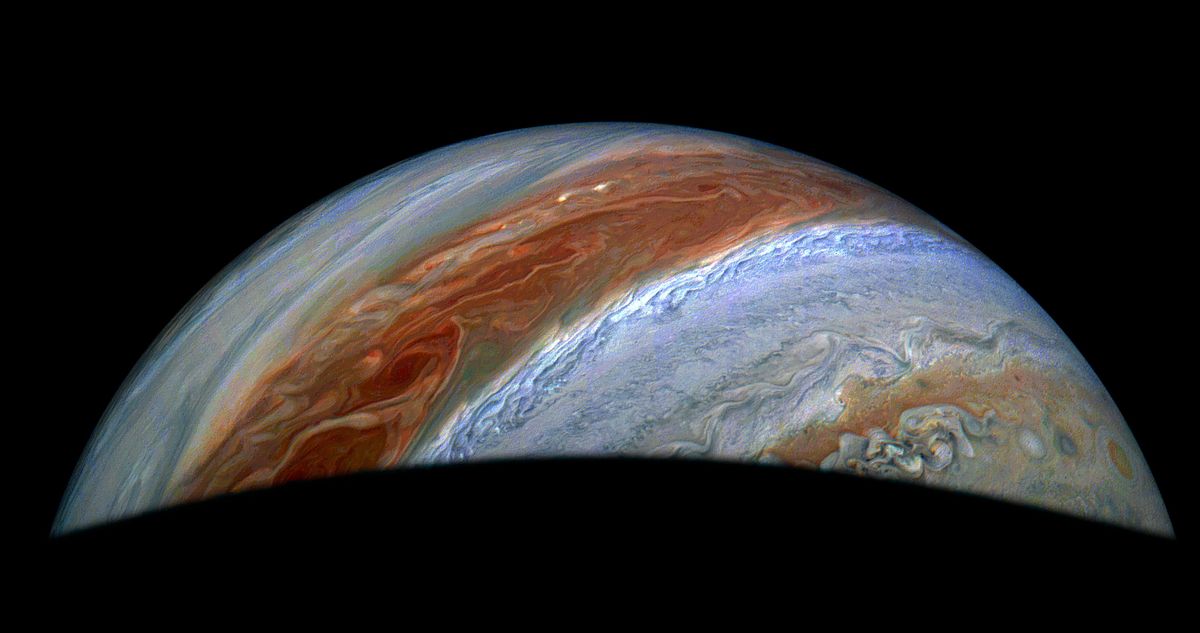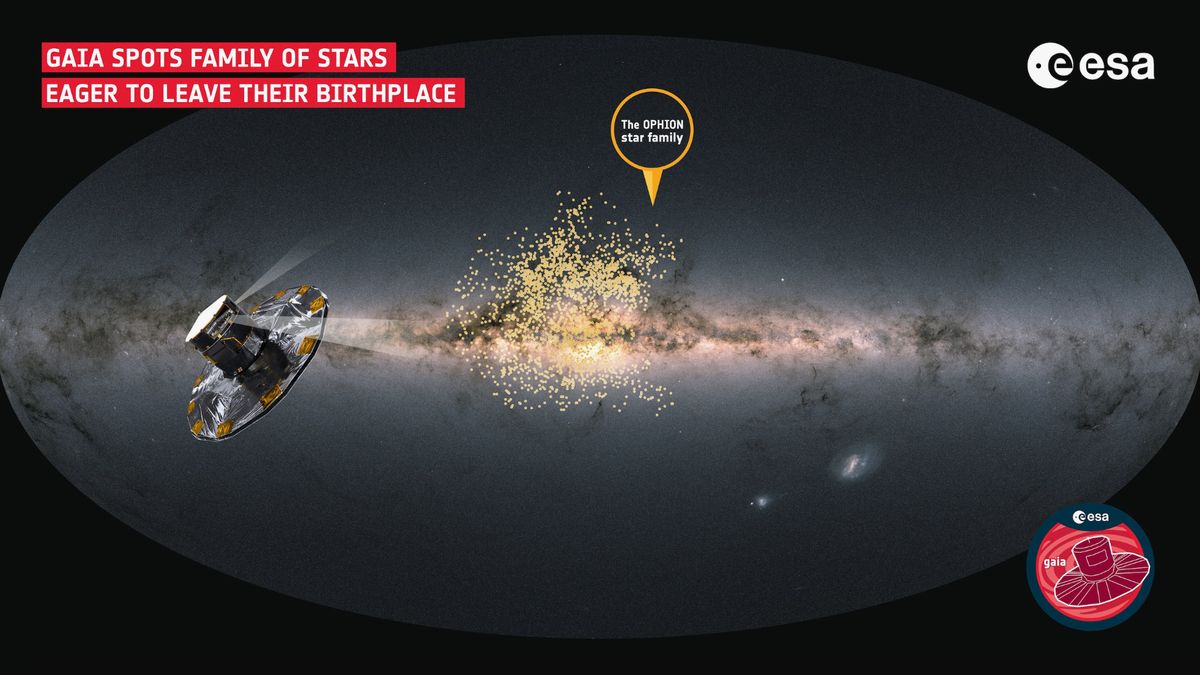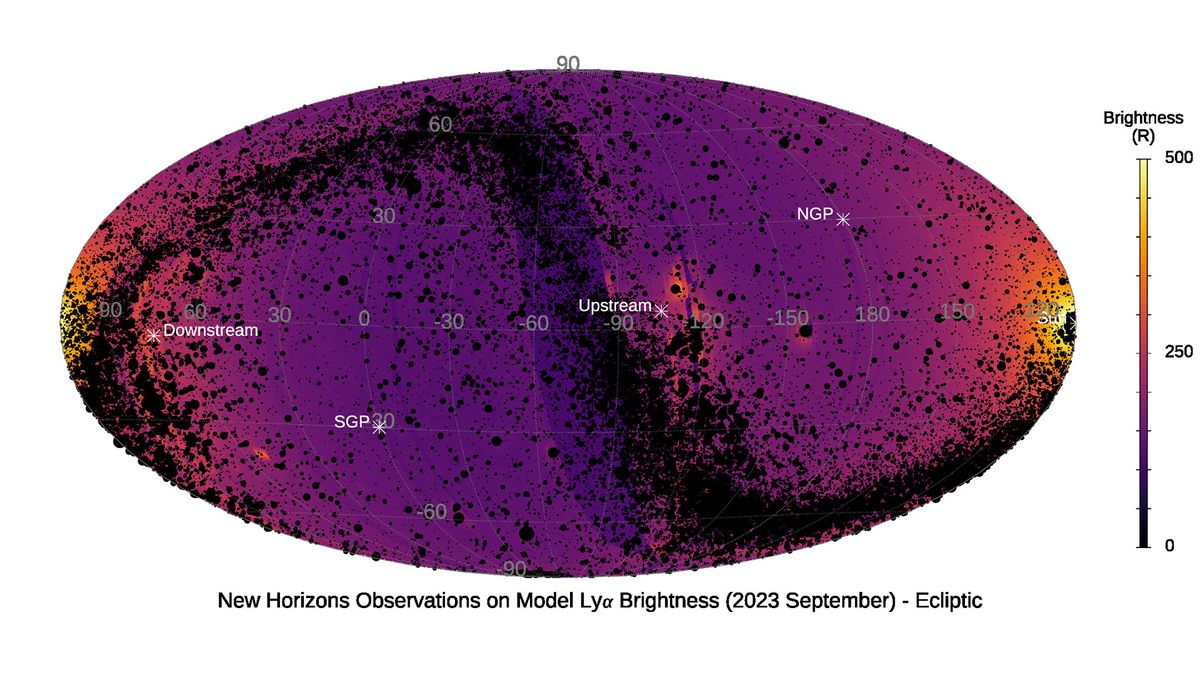By Will Dunham
WASHINGTON (Reuters) -DNA obtained from the remains of people who inhabited Pueblo Bonito in New Mexico's Chaco Canyon a millennium ago is helping to link present-day members of a Pueblo tribe to this historic site known for its distinctive architecture and sacred meaning to Indigenous peoples.
Researchers examined data on ancient DNA previously obtained from human remains at Pueblo Bonito, along with DNA newly obtained from 13 present-day members of the Picuris Pueblo tribe and from tooth and bone remains excavated in the 1960s of 16 people who lived at the tribe's home site 500 to 1,500 years ago. They found a close genetic connection between present-day Picuris Pueblo people and Pueblo Bonito's ancient inhabitants.
Indigenous groups often encounter hurdles when asserting ancestral claims and cultural affiliations based on oral histories, the researchers said. Picuris Pueblo leaders, feeling that their concerns about protecting the canyon were being ignored by the U.S. government, approached the researchers about conducting a DNA study.
"Overlooked and erased," is how the tribe felt, according to Craig Quanchello, who was the tribal governor when the research was launched and is now lieutenant governor.
"This was something that we could do on our terms," Quanchello said.
Chaco Canyon is a UNESCO World Heritage site and a place with significant ancestral meaning for Pueblo communities in the southwestern United States. Located in northwestern New Mexico, its structures were built by people called the Ancestral Puebloans, formerly referred to as the Anasazi.
Pueblo Bonito, meaning "beautiful town" in Spanish, is considered among the most important pre-Columbian structures in the United States, though its original function is a matter of debate. It is one of the monumental "great houses" built in Chaco Canyon with sandstone quarried from the canyon's cliffs.
The Picuris tribe is centered near the city of Taos, about 170 miles (275 km) west of Chaco Canyon.
"A key aim of the research was to assess the genetic relationships between the Picuris community and Ancestral Pueblo populations, specifically those who lived in Chaco Canyon between about 900 and 1200 AD," said Thomaz Pinotti, a postdoctoral researcher in genetics at the University of Copenhagen and the Federal University of Minas Gerais in Brazil and lead author of the study published on Wednesday in the journal Nature.
"Although traditional knowledge supports such a link, the Picuris community sought genomic affirmation to complement continuing preservation efforts that focus on Chaco Canyon and the vast ancestral Pueblo landscape that it was part of more than 1,000 years ago," Pinotti said.
Publication by other scientists in 2017 of the genetic data from ancient human remains at Pueblo Bonito generated controversy due to a lack of advance consultation with Indigenous communities. In the new study, the tribe retained control over the DNA data and the parameters of the work, including the decision to publish the findings. The tribe decided to have the 2017 DNA data included in the study.
The study did not look at modern DNA from other Pueblo communities, and the researchers said the findings do not challenge connections that other tribes may have to Chaco Canyon.
"Chaco Canyon is a really important and sacred place for a lot of Indigenous groups in the Southwest U.S., including because it's where their ancestors lived. There's already tons of evidence for this: archaeology, anthropology, ethnography and the oral histories passed down by the Indigenous communities themselves," said archaeologist and study co-author Mike Adler, anthropology department chair at Southern Methodist University in Texas.
"But despite all that, some scholars have still questioned the connection, which has made it harder for Indigenous groups to have a say in decisions about preserving Chaco Canyon," Adler said.
Quanchello noted that the Picuris, a federally recognized tribe, are small in number.
"We've been telling our stories for as long as time immemorial. We've had an archaeologist, we've had findings, we've had artifacts in telling our story for us," Quanchello said.
But DNA, Quanchello added, offers very powerful evidence.
"We steered this ship in the hopes that using technology in the Western way - that they would now listen. This is something that we've always known - who we are. Our elders (have) always known we've been here, and (we) come to find out that everything we felt and knew (was) just validated," Quanchello said.
(Reporting by Will Dunham, Editing by Rosalba O'Brien)
.png)
 German (DE)
German (DE)  English (US)
English (US)  Spanish (ES)
Spanish (ES)  French (FR)
French (FR)  Hindi (IN)
Hindi (IN)  Italian (IT)
Italian (IT)  Russian (RU)
Russian (RU) 








Comments